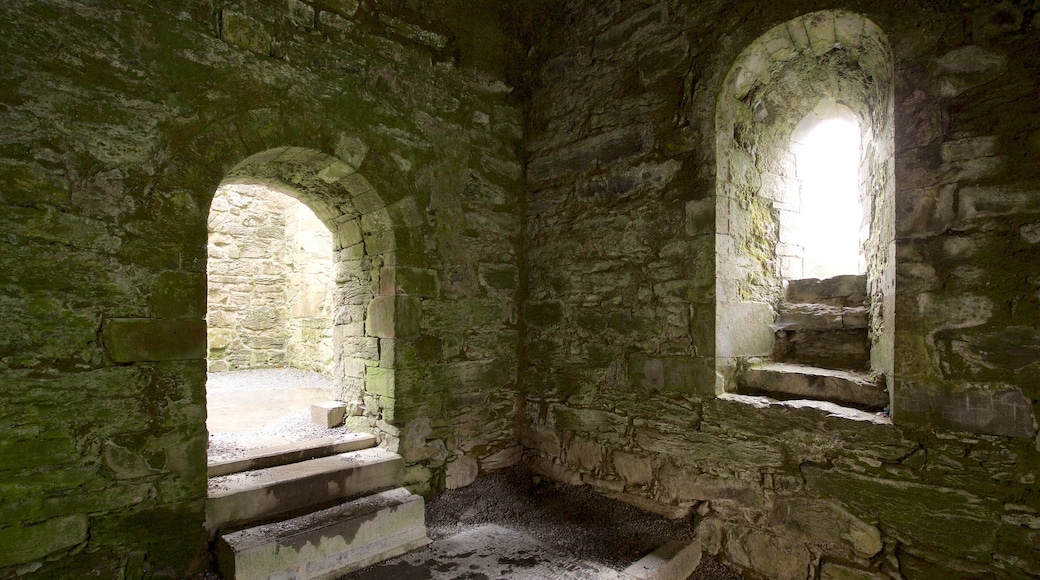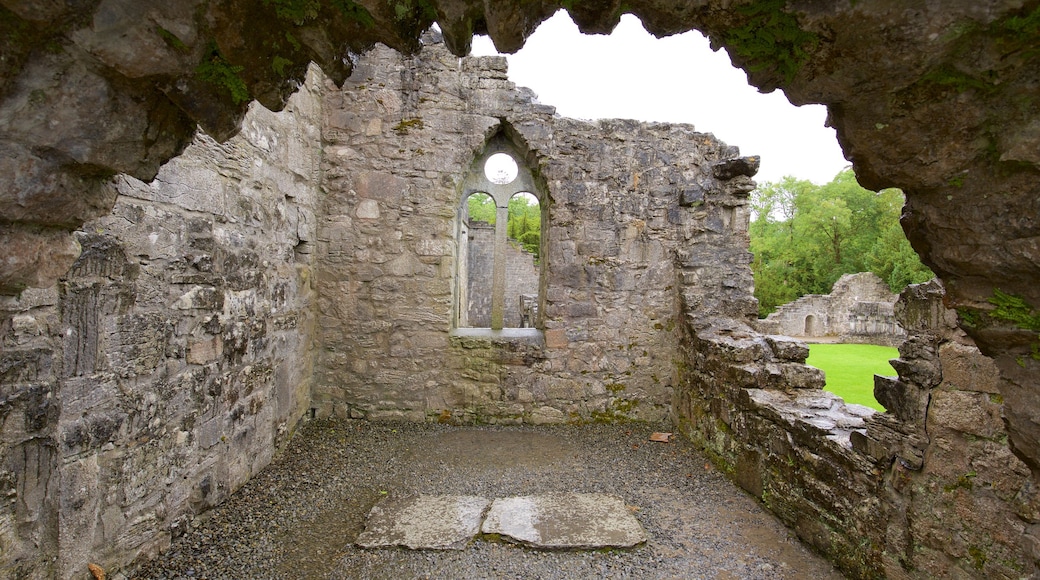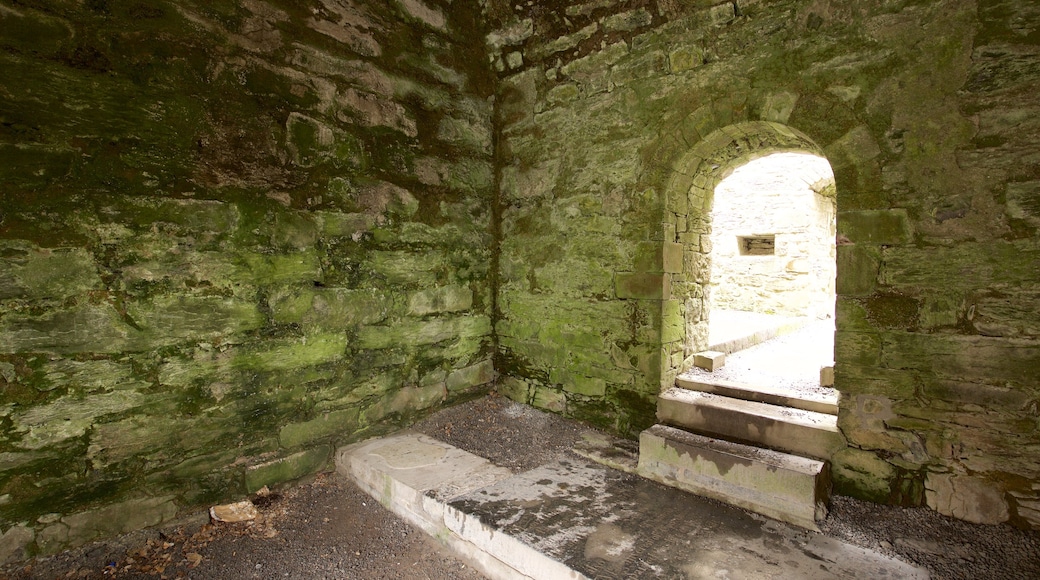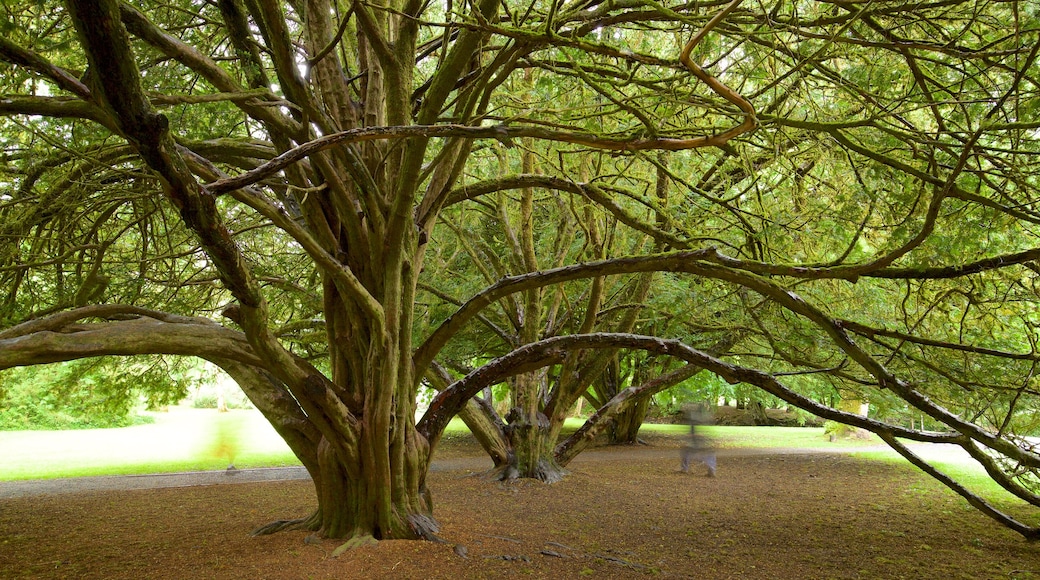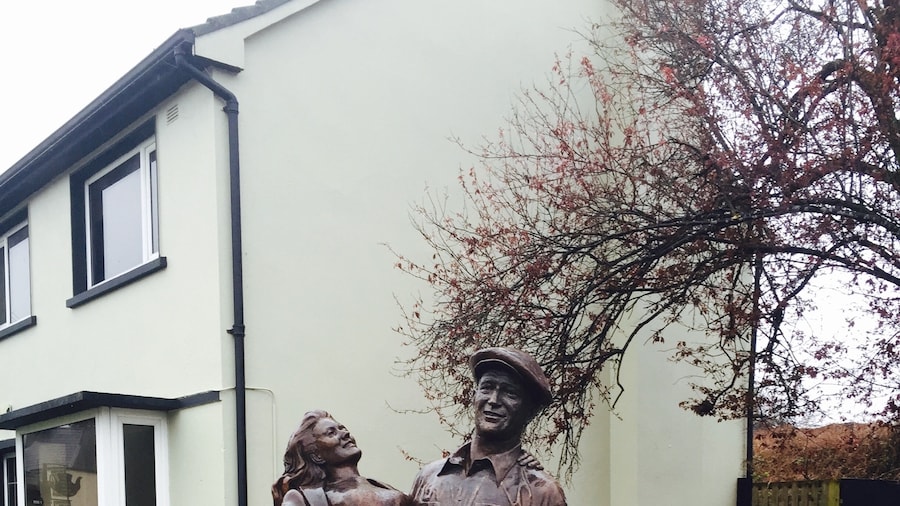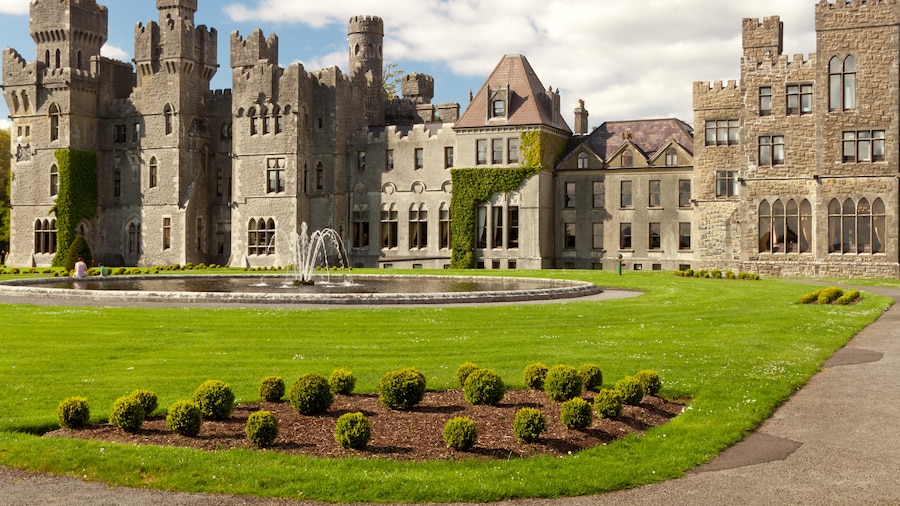Discover some of the finest examples of Ireland’s earliest architecture as you walk amid the ruins of this 12th-century Augustinian abbey.
Admire well-preserved ecclesiastical ruins while following in the footsteps of ancient monks at Cong Abbey. Established in 1120 as an abbey for the Order of St. Augustine, Cong Abbey sits on the site of a 7th-century monastery. At its peak, the abbey was home to a remarkable 3,000 cenobite monks. It was left to decay during the reign of Henry VIII and later brought back to its former splendour by Irish philanthropist Sir Benjamin Lee Guinness.
The abbey is celebrated for its showcase of early architecture. Stroll along the paths that weave around the cloisters, chapter house, church and lush gardens. Spot Gothic-style windows, Romanesque doorways and medieval arches. See arcades, colonnades, freestanding columns and intricately carved capitals.
Pause for a moment and think back to the time when thousands of monks roamed the abbey’s grounds. They came to study everything from engraving, masonry and woodcarving to history, poetry and music.
Stroll through the abbey’s graveyard, home to ancient burial chambers and tombstones. The relics of Rory O’Connor, the last High King of Ireland, were interred here in 1198 before being moved to the Clonmacnoise monastery in County Offaly.
Don’t miss the fishing house, constructed on stilts to let water from the River Cong pass directly beneath it. Look for a trapdoor in the floor, which allowed the monks to fish comfortably
The abbey is open daily and entry is free. Find it in the heart of Cong, an atmospheric village famous as a filming location for the 1952 movie The Quiet Man, starring John Wayne.
After leaving Cong Abbey, visit the village’s other attractions. Walk along the picturesque woodland trails of Ashford Castle. See a statue of John Wayne and his co-star Maureen O’Hara and learn more about the movie at the Quiet Man Cottage Museum. Experience the welcoming hospitality of the village’s traditional cafés and pubs.

